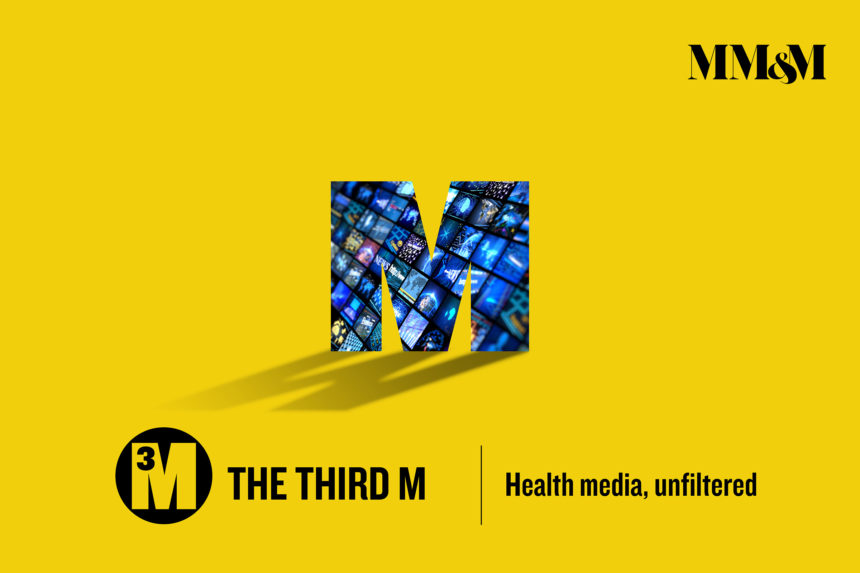In 2017, the Royal Society for Public Health published the results of a study that labeled Instagram “the worst social media network for mental health and well-being.” The study reported that the platform prompts a “compare and despair” feeling among young users, one that negatively affects their emotional health.
It took a while, but Instagram started to address the problem this year by removing the public display of “like” counts in several countries, among them Canada, Japan, Italy and Brazil. This didn’t quite eliminate the “like” as social currency – users can view the totals for their own posts – but making the numbers less public had the effect of neutering comparisons. (e.g., Only 20 “likes” for all to see? Must be a dog of a post. Delete!)
The reaction to the move has largely been positive, to the extent that Instagram’s older sibling, Facebook, is testing a similar scheme. While it probably goes without saying, the proposed changes have captured healthcare marketers’ attention, especially given that “likes” in the health and wellness context often celebrate good news vis-à-vis treatments or diagnoses.
“It’s not hard to see that this could be an attempt to help improve the mental health of [Instagram’s] youngest users and shift perception at large,” says Melissa Mackey, founder and CEO of Reliefium, a new health-tech platform. “Both [Facebook and Instagram] have received strong criticism for their impact on fueling societal stigmatization, which is counterintuitive to their mission statements. I think it’s a positive evolution for both consumers and the brands that try to reach them.”
Martha Maranzani, Ogilvy Health SVP of engagement strategy, largely agrees, though she downplays the potential impact of the changes. “Even if users couldn’t see their ‘likes,’ it’s unlikely that their removal would influence users of condition-specific communities,” she explains. “The value in those types of communities is in the dialogue and the connections made through responses to posts, not in the ‘like’ counts.”
The changes, ironically enough, come at a time when healthcare marketers have finally achieved a degree of comfort and facility with social media. It took a lot longer than it did in fashion, beauty, retail, sports, music, film, finance, travel and pretty much every other vertical, but pharma seems willing and able to engage with patients and providers on their terms, worries about adverse events and similar contingencies be damned.
“It is now mission-critical to be available from a customer-service perspective. Patients and caregivers are going to have better experiences getting on and staying on a drug if the maker is, A, available through two-way dialogue and, B, transparent about real patient stories as much as possible in this regulated space,” says Celby Richoux, VP and director, content strategy at Digitas Health.
So does the “like” matter anymore, whether in the health or wellness context or otherwise? Both Mackey and Maranzani describe it as “a crutch,” with Richoux adding, “We should have been designing beyond the ‘like’ for a while now.” They have come to the conclusion, as have their peers in other businesses, that the “like” is a tool of passive engagement, less an actual expression of approval or fondness than something akin to “I see you.”
That said, all expect at least some degree of carping over the decision to relegate the “like” counter to the neverland of dial-up internet and the flip phone. “While it will be painful for some pharma and healthcare brands, hiding a ‘like’ won’t impact patients as much as we think,” Mackey says. “Social media’s role in a consumer’s life is evolving and a platform’s prominence is as well. Patients are incredibly resourceful and their digital ecosystems are vast. If they want to be heard, they will be, regardless of us or a ‘like.’”







